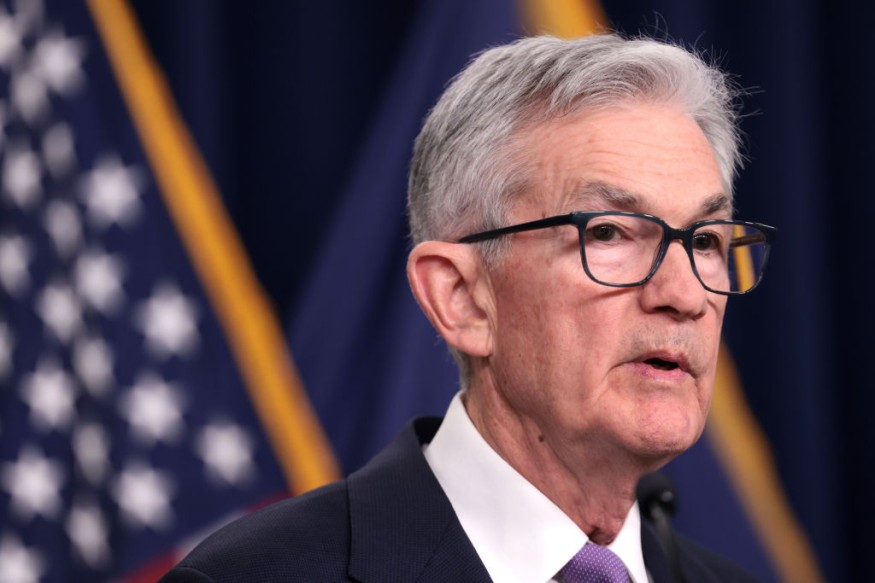Fed Pivot Calms Junk Bond Jitters, But Concerns Remain Over Debt Sustainability
The market for junk debt is thriving due to investor expectations that the Federal Reserve would begin lowering interest rates. This will also help the lowest-rated corporations in a timely manner and probably cap the default rate in 2024.
Investor interest in the loans and bonds of firms rated below investment grade was lukewarm when the U.S. central bank began raising rates in 2022 and concerns about defaults increased.

In order to move ahead of a $300 billion wall of bond and loan obligations in the following two years, several of these corporations turned to unconventional means of raising capital.
But during the past several months, yields have decreased as investors have wagered that the Fed would soon begin lowering rates. This is because the Fed has been successful in containing the price increase that drove inflation to 40-year highs last year.
By the end of next year, the main policy rate of the US central bank is expected by the markets to drop by as much as 1.5 percentage points from its current range of 5.25% to 5.50%.
The demand for high-yielding debt has increased as a result of expectations of such a turnabout.
The spread on junk bonds, or the price that investors charge above U.S. the ICE BAML index shows that Treasuries, which bear the risk, have tightened 38 basis points on average since September to 343 basis points, the lowest level since April 5, 2022.
According to data provider Informa Global Markets, the insurance brokerage USI Inc., which is deeply classified in the junk region, was the first borrower in its category to access the primary markets since April. This happened in December.
Although estimates differ, economists predict that this year's junk bond default rates will peak at 4% to 5%, which is far lower than the double-digit readings saw during the 2008 financial crisis and 2% to 3% in 2023.
Leveraged loans have variable interest rates that fluctuate with the market, hence default rates are predicted to rise to 5%-6%.
A contributing factor to the comparatively low default rates is the innovative methods certain businesses have been using to access the finance markets, which have allowed them to pay their debts on time.
These include distressed exchanges, in which investors accept payment that is lower than what they were due in return for newly issued or restructured collateral-secured debt.
Additionally, they have been raising money from direct lenders and other private credit providers by putting up collateral or stock, agreeing to more stringent conditions on new loans, and extending the maturity on previous debt.
A more complex approach is to raise capital from new and current lenders via a domestic or international subsidiary, with the money raised being returned to the parent business to purchase its expiring debt at a reduced rate.
As part of liability management exercises, the method increases the likelihood of legal challenges since it dilutes other creditors' rights to assets following bankruptcy, increasing the claims of some creditors.
Risks Still Remain
Numerous hazards still exist, according to some analysts. If the Fed shocks markets and doesn't drop rates as quickly or aggressively as investors anticipate, a default cycle may become inevitable. Also, there could be a limit to how far inventive finance techniques can be applied.
Already, creditors are growing increasingly cautious. The lowest-rated high-yielding corporations account for almost $190 billion of the debt due in 2024-2025, according per CreditSights.
© 2025 MoneyTimes.com All rights reserved. Do not reproduce without permission.











